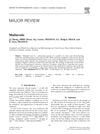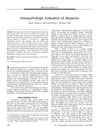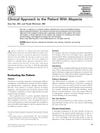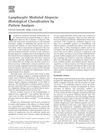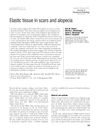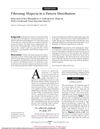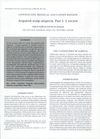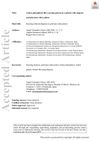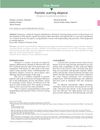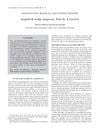Pseudopelade of Brocq: A Review of a Rare Hair Disorder Leading to Cicatricial Alopecia
July 2008
in “
Dermatologic Therapy
”
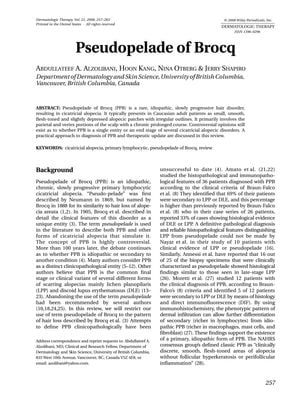
TLDR Pseudopelade of Brocq is a unique hair loss condition, but its cause and development are still not fully understood.
The document reviewed Pseudopelade of Brocq (PPB), a rare hair disorder leading to cicatricial alopecia, primarily in Caucasian adults. It discussed the debate on whether PPB is a distinct condition or a final stage of other cicatricial alopecias like lichen planopilaris (LPP) and discoid lupus erythematosus (DLE). Studies mentioned include one with 36 patients, where 69% were secondary to LPP or DLE, and another with 12 patients, where 5 were secondary to LPP or DLE. The paper highlighted the lack of pathognomonic features for PPB, making diagnosis often one of exclusion and emphasizing the role of scalp biopsy. Histopathology was key in diagnosing 68.5% of scarring alopecia cases secondary to DLE, and elastin stains helped differentiate PPB from LPP and DLE. The document suggested reclassifying PPB as atrophic alopecia and discussed treatment options, including corticosteroids and systemic therapies. It concluded that PPB is a distinct entity, but its cause and pathogenesis remain unknown, necessitating further research.
